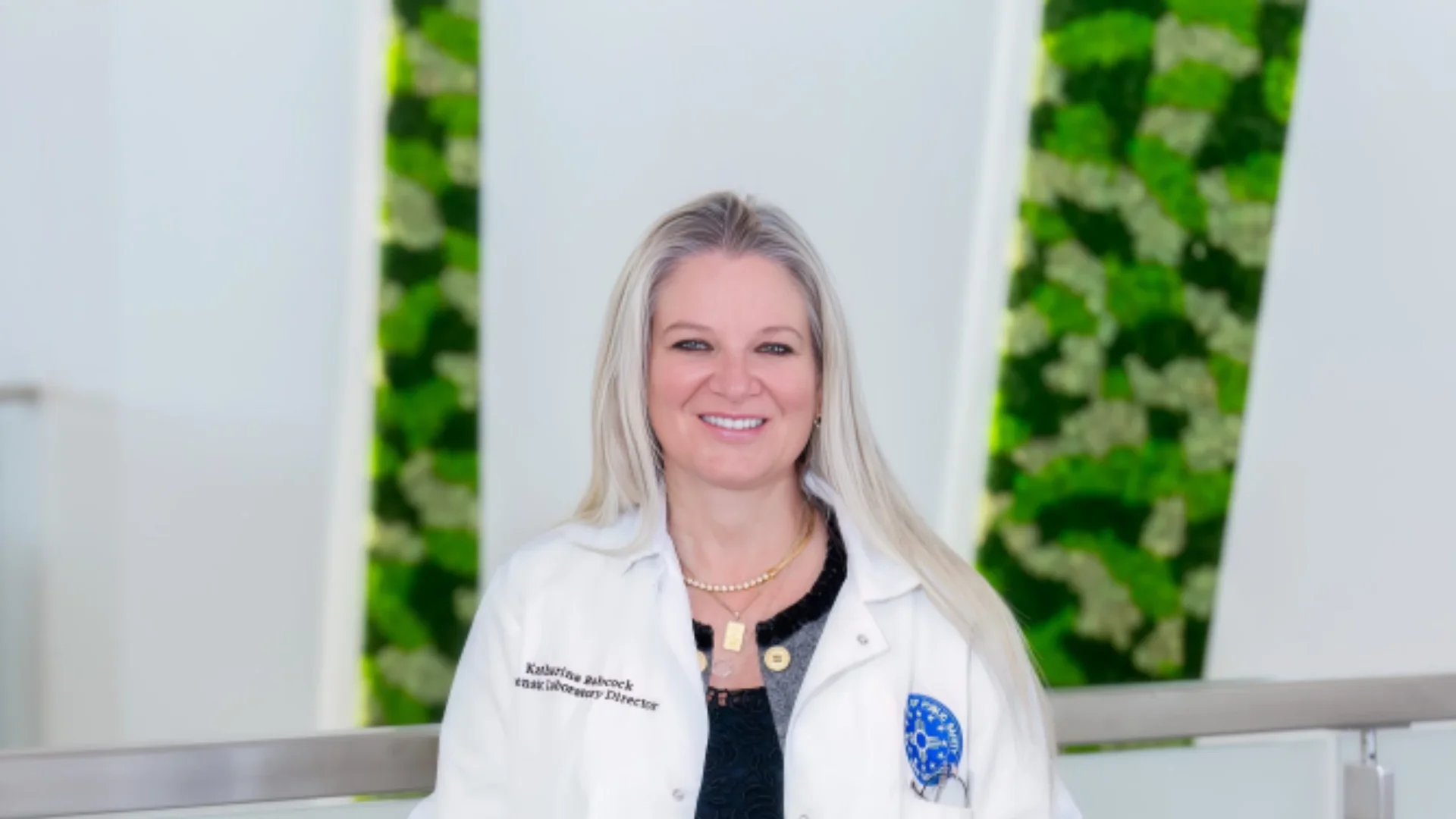The New Mexico Department of Public Safety Forensic Laboratory operates as a central resource for scientific analysis in criminal investigations across the state. The laboratory supports about 300 federal, state, local, and tribal law enforcement agencies and serves 13 judicial district and federal courts throughout New Mexico. It maintains three regional facilities located in Santa Fe, Las Cruces, and Hobbs.
Forensic Laboratory Director Katharina Babcock described the lab as a "model of scientific precision and integrity, where expert analysts, rigorous training, cutting-edge technology, and state-of-the-art facilities unite in pursuit of justice." She added that every examination conducted by the laboratory reflects an "unwavering commitment to accuracy and veracity."
Babcock emphasized the importance of the laboratory's mission: "Our mission is to deliver unbiased, science-based results that inspire confidence and serve the people of New Mexico." She noted that forensic science impacts all communities in the state. "I think the lab is extremely important to all communities in New Mexico. I don’t know anyone who’s not touched by crime in one way or another, from the lowest level of crime to the most heinous offense," Babcock said. "We take our work very seriously knowing that the results may be used to determine someone’s guilt or innocence and sentencing in a New Mexico court of law."
Forensic Laboratory Quality Assurance Director Dr. William Watson explained their role within the justice system: “We play a support role for law enforcement, but we are not law enforcement,” he said. “We play a support role for the judicial system, but again, we’re not the legal system. We’re scientists that act as advocates for the evidence.”
Staff at the laboratory come from various educational backgrounds; most hold at least a bachelor’s degree in science fields such as biology or chemistry. Analytical skills are considered essential for their work.
In Fiscal Year 2025 alone, forensic scientists at these laboratories analyzed more than 17,539 evidence items from 6,746 criminal cases submitted statewide.
Continuous training is required for all employees to maintain technical proficiency and provide effective testimony in court. Training programs can last from one to four years depending on specialty areas like DNA analysis or firearms identification. Scientists undergo competency testing after initial training and annual proficiency testing by external vendors.
Babcock stated: “There’s not a single person here who’s conducting casework that is not an expert witness.” Mock trial testimony forms part of their progression toward independent casework responsibilities.
Dr. Watson highlighted recent technological advances: “Our laboratory is equipped with state-of-the-art forensic technology, from genetic analyzers to precision firearms comparison microscopes,” he said. He also mentioned gas chromatograph mass spectrometers used by their chemistry unit as critical tools.
The new Santa Fe facility opened in 2024 is four times larger than its predecessor. According to Watson: “Having a larger, and less segmented facility allows greater collaboration between all the different forensic disciplines than was previously possible.” The expanded space has enabled faster case processing by adding staff and equipment across units including DNA analysis and firearms examination.
Babcock commented on efficiency improvements: “The new lab has allowed us to add technical and support staff, which has resulted in turning around cases much faster and decreasing backlogs.”
Watson summarized his perspective on their mission: “The people that work in this laboratory are detail oriented and focused... We serve the citizens of New Mexico, and it is critical for us that they understand and trust in the work that we do for them. We are advocates for the evidence... we are not for one side or the other.”
Addressing misconceptions about forensic labs often depicted on television shows or movies—such as badge-carrying scientists working at crime scenes—Watson clarified: “First...employees at [the] Forensic Laboratory largely do not go out to crime scenes...Another myth is that [the] lab is...strangely lit...employees work in bright and open spaces.” He added: “One of things pop culture often gets wrong is...we do a lot of experimentation...That’s not way it works...testing must be done in controlled way...Mad scientists don’t exist in our field.”
Photos accompanying this story were provided by DPS Media Relations Unit – Curtis Althaus and Payton Santillanes.









